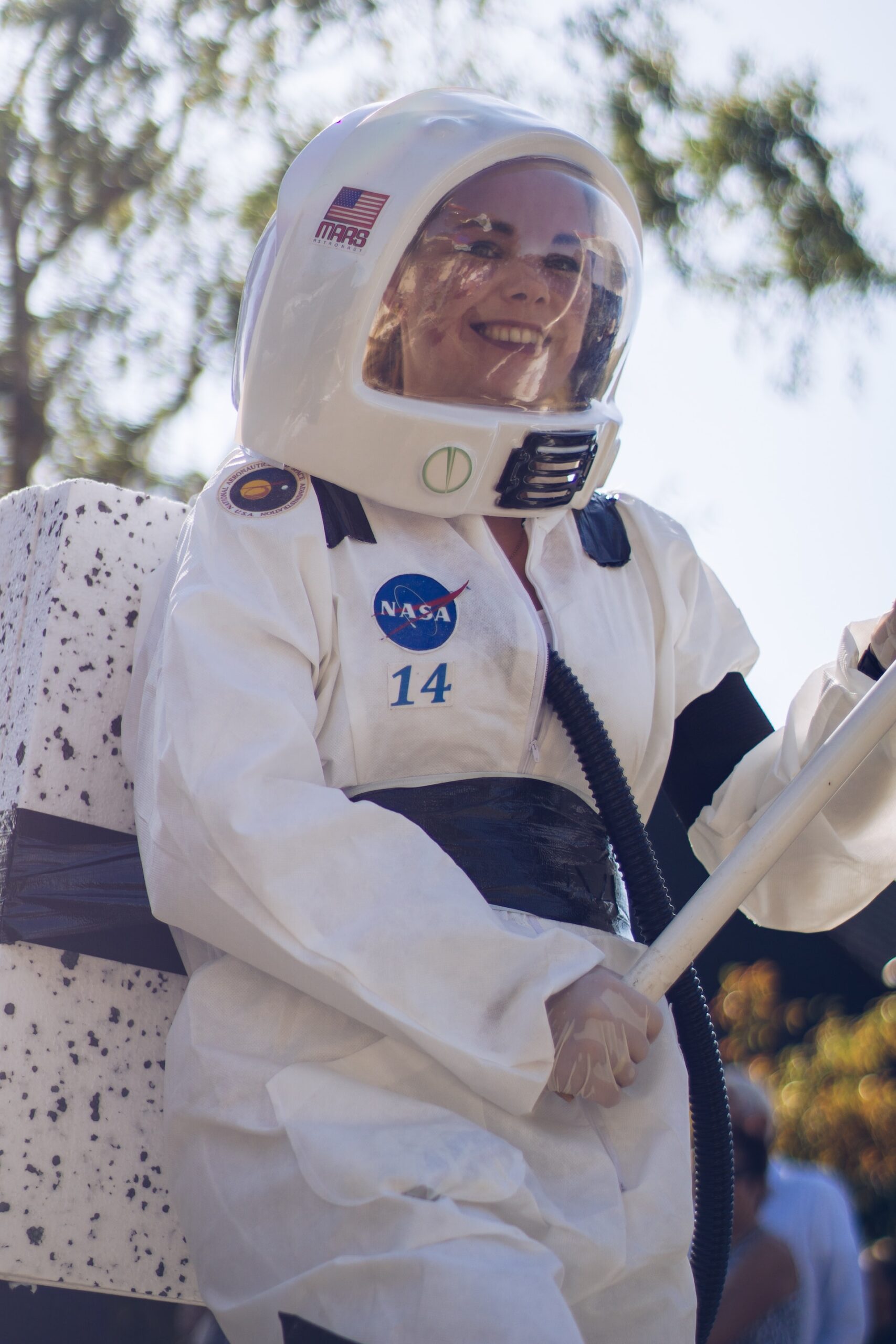Recently, the first crew of the Artemis II mission in 50 years was announced, the purpose of which is to fly around the Moon. In the next Artemis III, the first African American and a woman astronaut will land on the Moon. The plans for returning to the Moon are more or less clear. But who will go to Mars? We don’t know the names of the future Mars mission yet, but this historic flight may have an all-female crew, at least at first.

Keep in mind that this idea is not so much for the sake of gender equality as for efficiency from a scientific point of view, based on calculations as cold as deep space. The available evidence directly indicates that women would be more capable crew members during long missions off-Earth.
Dr. W. Randolph Lovelace II and Brigadier General Don D. Flickinger, former head and vice Chairman of the NASA Special Committee, first made a pragmatic argument in favor of female astronauts back in the late 1950s. The duo noted that women were lighter and therefore needed less oxygen and produced less carbon dioxide, suffered fewer heart attacks, and their reproductive system was less at risk of radiation.
NASA scientist Geoffrey Landis repeated his research and confirmed this argument in 2000, applying an approach to flights into deep space, where the only available resources would be those that astronauts would take with them.
Long-term space missions to Mars
A recently published study supported Landis’ claim with concrete figures. Scientists from the European Space Agency’s space medicine team have calculated that the average woman astronaut needs 26% fewer calories, 29% less oxygen and 18% less water than the average man. This means significant resource savings.
For a 1,080-day space mission, in which the crew consists of four women, 1,695 kilograms of food will be needed less than for a mission in which only men will take part. This is about 10% of the payload of the SpaceX Falcon Heavy rocket to Mars – a valuable cargo that could be filled with additional scientific projects and equipment to ensure a safe and successful mission.

In addition to physical practicality, there are also psychological reasons – here, as it turns out, women are better adapted to long missions outside the Earth.
“Statistics show that groups consisting exclusively of women are much more likely to choose non-confrontational approaches to solving interpersonal problems. Women also tend to resolve conflict situations without resorting to violence, which can be a big problem during a trip to Mars, where the crew must live in cramped rooms for 2-3 years. Numerous sociological studies have shown that women, in general, are more inclined to cooperate and less inclined to hierarchical social structures,” explains Landis.
The first manned mission to Mars, which is likely to take place no earlier than 2029, will require the crew to be coherent and resilient both physically and psychologically. Therefore, it is quite possible that an exclusively female team should go to the Red Planet first.
Earlier we reported on what Ukrainian scientists were saying.
Follow us on Twitter to get the most interesting space news in time
https://twitter.com/ust_magazine
